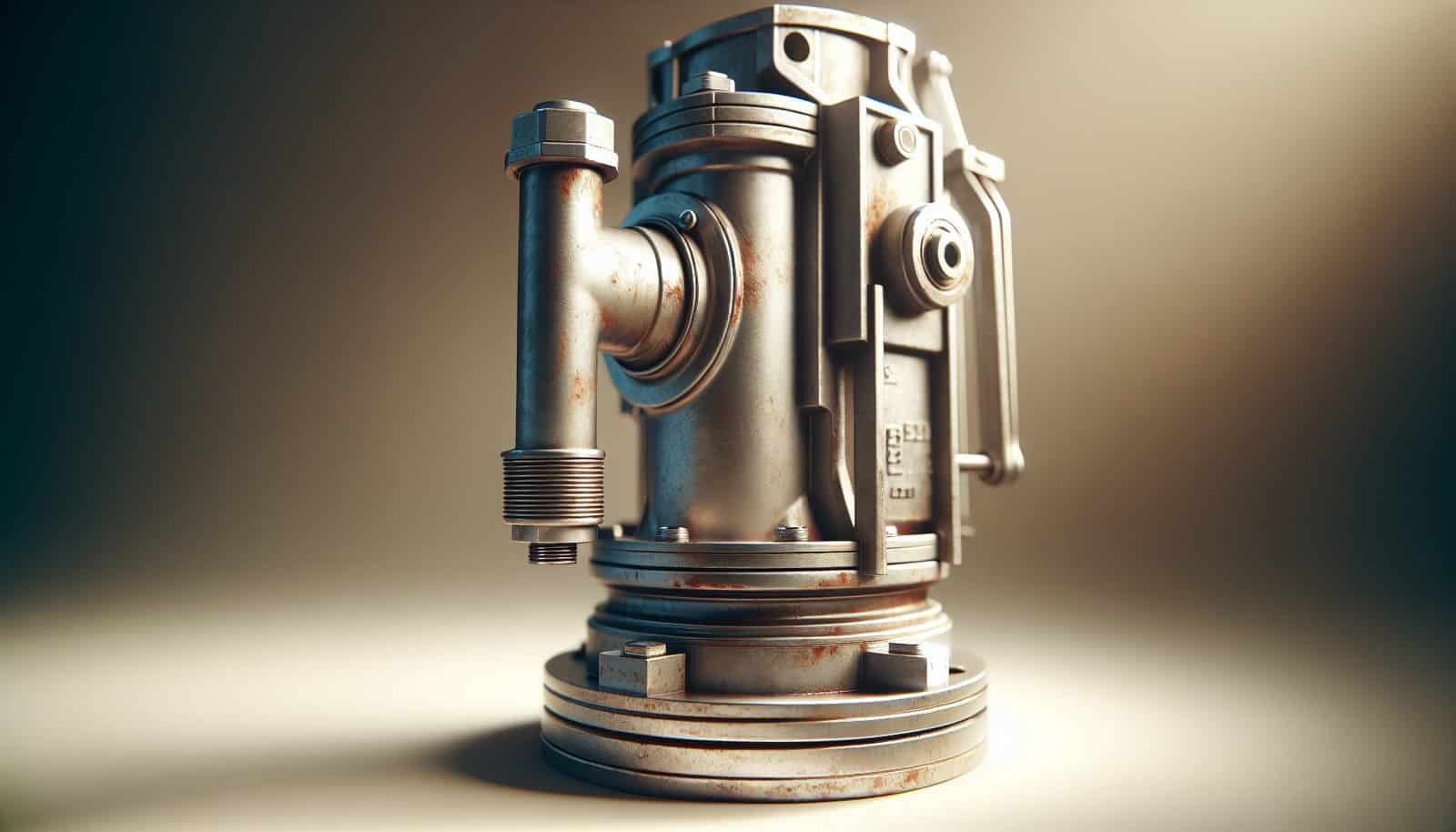How long can you expect your well pump to last before you need to repair or replace it?
What’s The Average Lifespan Of A Well Pump?
You want a clear answer: the average lifespan of a well pump depends on the pump type and how well you care for it. Generally, a properly installed and maintained well pump can last anywhere from 8 to 25 years, but that range varies widely based on many factors.
Quick summary you can use right away
You’ll typically see these lifespan ranges:
- Shallow jet pumps: 8–12 years.
- Submersible pumps (deep well): 10–25 years.
- Convertible or turbine pumps: 10–20 years.
- Constant pressure systems (with VFD or pressure tanks): can extend pump life if properly maintained.
Keep reading to understand what affects those numbers, how to spot problems early, and what to do when your pump approaches the end of its useful life.

Why lifespans vary so much
You’ll notice the broad ranges because many variables change how long a pump will run reliably. Materials, water chemistry, installation quality, electrical protection, how often the pump runs, and maintenance will all either shorten or extend the lifespan. Two identical pumps installed in different wells can have very different life expectancies because of these factors.
Types of well pumps and typical lifespans
You’ll find several common pump types used for domestic wells. Each type behaves differently and has a characteristic life expectancy.
Submersible pumps (deep well)
Submersible pumps sit inside the well below the water level. You’ll usually see them in deeper wells because they push water upward from the depth.
- Lifespan: commonly 10–25 years.
- Why they last: they are cooled by surrounding water, which helps prevent overheating. Quality models with stainless steel components resist corrosion.
- Risks: sand and abrasive particles, corrosive water, and voltage swings.
Jet pumps (shallow and deep well setups)
Jet pumps can be shallow or deep-well configurations and are mounted above ground. They use suction and are more sensitive to losing prime.
- Lifespan: about 8–12 years for shallow jet pumps; up to 15 years with well maintenance.
- Why they last less: aboveground motors run hotter and are exposed to the environment. Suction issues and priming problems stress the pump.
- Risks: freezing, moisture, loss of prime, and cavitation.
Turbine (line shaft) pumps
Turbine pumps sit in the well with a long shaft and multiple impellers. You’ll see them in certain municipal and larger private well installations.
- Lifespan: about 10–20 years.
- Why they last: robust construction but require good alignment and shaft support.
- Risks: shaft wear, bearing failures, and parts wear from abrasive water.
Booster pumps and constant pressure systems
Booster pumps maintain pressure for irrigation, pressure boosting, or whole-house systems. Modern systems often use variable frequency drives (VFDs) or pressure-sensing controllers.
- Lifespan: booster pumps 8–15 years; constant pressure systems can extend motor life if they reduce pump cycling.
- Why they help: fewer starts/stops and smoother operation reduce mechanical stress.
- Risks: electronics failure, leaks, and poor electrical protection.

Table: Lifespan summary by type
| Pump Type | Typical Lifespan |
|---|---|
| Submersible pump | 10–25 years |
| Shallow jet pump | 8–12 years |
| Deep-well jet (ejector) | 10–15 years |
| Turbine/line shaft pump | 10–20 years |
| Booster pump (aboveground) | 8–15 years |
| Constant pressure (VFD-assisted) | Can extend pump life if maintained |
What affects pump lifespan — your checklist
You’ll want to think of the pump as a system, not just one component. The following elements have the biggest impact on how long your pump will last:
Water quality and abrasives
If your water is high in sand, silt, or other abrasive particles, pump components wear quickly. You may need sand separators or pre-filters.
Water chemistry and corrosion
Acidic or highly mineralized water promotes corrosion of metal parts. You’ll benefit from corrosion-resistant materials and sacrificial anode systems in some cases.
Run-time and cycling frequency
Pumps designed for continuous service will generally outlast those forced into frequent start-stop cycles. If your pump cycles often because of a small pressure tank or leaks, parts wear accelerates.
Electrical supply and protection
Voltage spikes, low voltage, and frequent surges shorten motor life. Use proper voltage protection, fuses, and reliable wiring. A soft starter or VFD also reduces mechanical stress.
Installation quality
Proper depth, alignment, and adherence to manufacturer instructions significantly affect life expectancy. Incorrect installation often causes early failures that could have been prevented.
Maintenance frequency
Regular checks can double or triple practical lifespan. Simple tasks like checking pressure tanks, tightening electrical connections, and inspecting for leaks prevent small issues from becoming failures.
Temperature and environment
Aboveground pumps are vulnerable to freezing and overheating. Submersible pumps are protected from temperature extremes but must handle the water temperature and chemistry.
Pump size and matching to the well
An oversized or undersized pump relative to your well yield and system demand will operate inefficiently and wear quickly. You’ll want a pump matched to your static and pumping water levels and desired flow rates.

Table: Common causes of early pump failure
| Cause | What you should do |
|---|---|
| Sand and abrasive particles | Install sand separator, use appropriate screen or gravel pack |
| Corrosive water | Choose stainless, polymer-coated parts; water treatment |
| Electrical problems | Check voltage, install surge protection and proper wiring |
| Frequent cycling | Increase pressure tank size or add a VFD/constant-pressure controller |
| Improper installation | Hire a licensed pump technician who follows manufacturer specs |
| Overheating | Ensure adequate cooling, avoid running dry |
Signs your well pump is failing
You’ll recognize warning signs long before a catastrophic failure if you know what to watch for. Early detection saves time and money.
Reduced water flow or pressure
A gradual or sudden drop in pressure or flow often signals impeller wear, blocked intake, failing motor, or well decline.
Intermittent or no water on demand
If water cuts in and out, you may have a failing check valve, clogged pressure switch, motor problems, or an electrical issue.
Frequent cycling on and off
Short cycles usually mean a small pressure tank, loss of air charge in the tank, leaks, or a failing pressure switch.
Strange noises
Grinding, rattling, or high-pitched whines point to bearing failure, impeller damage, or motor issues.
High electrical bills or motor overheating
A motor drawing excessive current is inefficient and likely overheating, which shortens its life.
Discolored or sandy water
Evidence of sand, rust, or sudden discoloration indicates either well deterioration or pump screen issues.
Tripped breakers or blown fuses
These electrical symptoms can indicate motor shorts, overloads, or wiring problems.

How to estimate remaining lifespan for your pump
You can’t predict an exact date, but you can estimate. Use these steps:
- Know the pump age. If it’s approaching the typical maximum for its type, plan for replacement.
- Check performance trends. Gradual decline suggests continued functioning for months to a few years; sudden major drops indicate imminent failure.
- Review maintenance records. Regular service extends life; lack of maintenance shortens it.
- Consider water quality. High abrasives or corrosives reduce remaining life.
- Inspect electrical history. Repeated voltage issues lower lifespan.
If your pump is older than the midpoint of its typical range and showing any warning signs, you should budget for replacement within a year.
Preventive maintenance you can do to extend life
You can add several years to your pump’s life by keeping a simple maintenance routine.
Regular inspections (every 6–12 months)
Check pressure readings, listen for unusual noises, inspect for leaks, and monitor tank pressure.
Pressure tank maintenance
Every 6–12 months, check the air charge in the pressure tank and the tank’s integrity. Replace or service bladders that fail.
Test for sand and sediment
If the water appears gritty, check well screens and consider a sand separator or filter cleaning schedule.
Electrical checks
Inspect wiring, fuses, breakers, and the pressure switch. Tighten loose connections and test voltage under load.
Run-time and cycling management
If your pump cycles frequently, consider increasing tank capacity or installing a VFD or constant-pressure system.
Annual professional service
Have a qualified pump technician check the motor amp draw, measure flow and drawdown, and inspect internal components.

Table: Basic maintenance schedule
| Frequency | Task |
|---|---|
| Monthly | Check pressure gauge, listen for unusual noises, watch for leaks |
| Every 3–6 months | Inspect pressure switch, examine pump house for moisture |
| Every 6–12 months | Test tank air charge, check electrical connections |
| Annually | Professional service: amp draw, impeller inspection, well drawdown test |
| As needed | Clean filters, replace worn parts, treat water for corrosion/scale |
Troubleshooting common problems
You don’t always have to call a technician immediately. You’ll often solve small issues yourself.
Pump not starting
- Check circuit breakers and fuses.
- Verify power at the pump.
- Inspect pressure switch; clean or replace if corroded.
- If motor hums but won’t start, the capacitor may be bad (for single-phase motors).
Low pressure or low flow
- Check for clogged inlet screens or filters.
- Test for air in the system or a ruptured bladder in the pressure tank.
- Verify pump depth and water level in the well hasn’t dropped.
Constant cycling
- Check pressure tank air charge.
- Inspect for leaks in piping or fixtures.
- Replace faulty pressure switch or adjust cut-in/cut-out settings.
Noisy pump
- Identify if noise is coming from the motor (bearing wear) or well (air/ground vibrations).
- Adjust or replace worn bearings; check shaft alignment.
If you can’t identify or fix the cause, turn the pump off to prevent further damage and call a licensed pump pro.
Repair vs. replace: how you should decide
You’ll face this choice when repair costs rise or failures recur. Consider these factors:
- Age: If your pump is past its typical lifespan midpoint and repair is expensive, replacement often makes more sense.
- Repair cost vs. replacement cost: If repair is 50% or more of a new pump installation, replacement is usually better.
- Expected remaining service life: If repairs only buy a year or two, replace instead.
- Efficiency and performance improvements: New pumps often use less electricity and maintain pressure better.
- Availability of parts: Older models may have scarce or expensive parts.
Table: Repair vs Replace decision guide
| Situation | Recommendation |
|---|---|
| Minor issue, pump |
